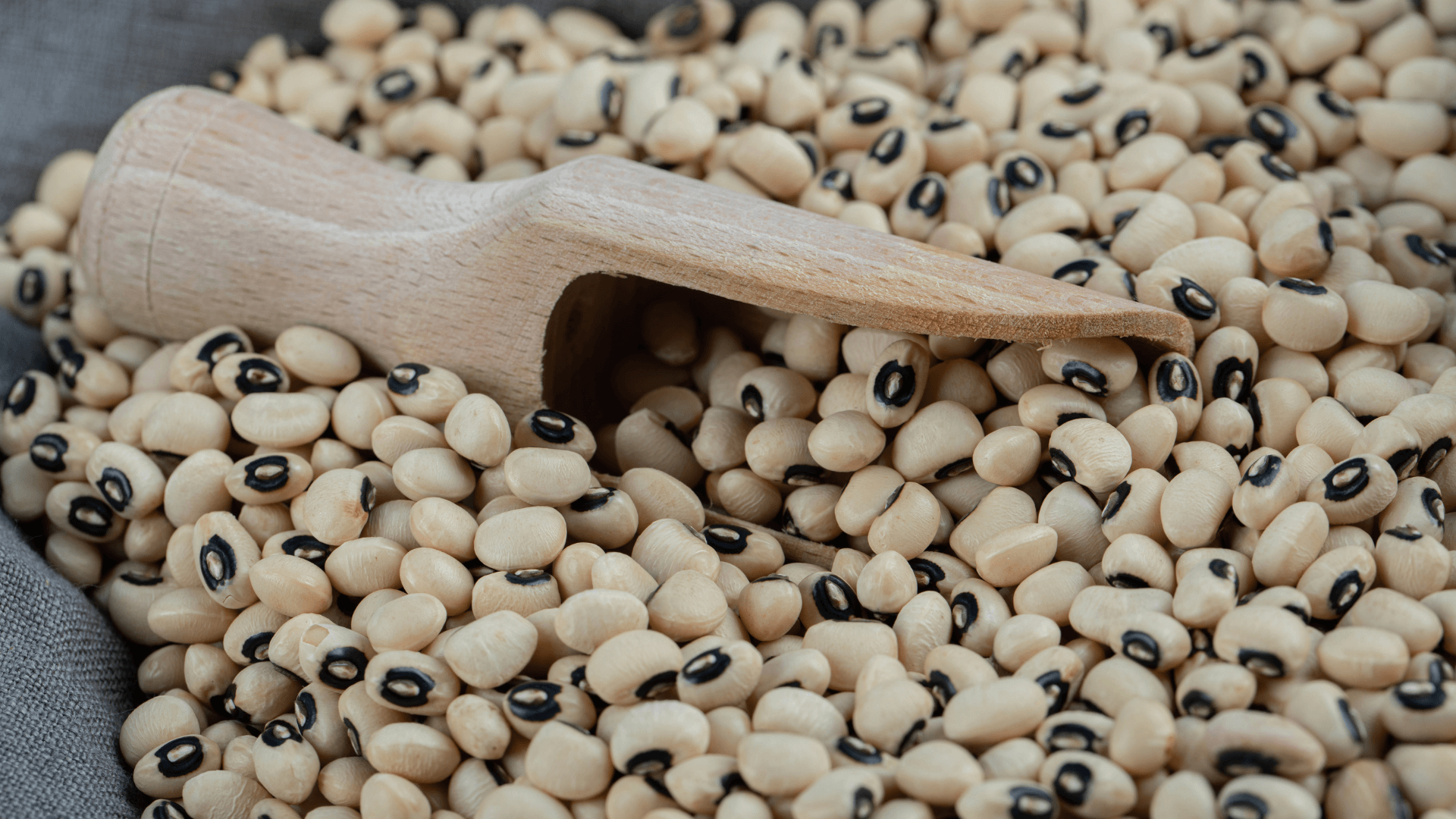I don’t know about anyone else but I’m feeling a really positive South African vibe right now, which has me thinking about how to be proudly South African in my cooking too. We have so many fun and underutilised ingredients that have been growing right here under our noses for thousands of years. Perhaps it’s time to let them shine.
1. Millet and sorghum
These are two of my favourite local grains. Pearl millet is light and fluffy once cooked, with a sweet and nutty flavour. Cook it like quinoa, and enjoy it as a grain in salads, as a gluten-free and high protein couscous substitute, or as a comforting winter porridge. As a crop, it is highly productive and grows well in dry and high-heat conditions, which is perfect for our climate. You can find millet in the cereal aisle in health stores and larger supermarkets. If you’re lucky, you might even come across puffed millet, which is currently my favourite addition to homemade granola. When tossed with honey and butter and baked with oats, it becomes incredibly crispy and moreish.
Sorghum is also a wonderful grain. It does take a lot of cooking – be patient and it will become perfectly tender with a satisfying chew. It has a hearty, wholesome flavour and works really well as a “risotto” or in soups and stews.
2. Cowpeas
Also known as a black-eyed pea, this is our most commonly found and easy-to-use indigenous bean. Tolerance for sandy soils and low rainfall make it well suited to our harsh conditions, and it rivals non-indigenous beans in flavour. Treat it like any dried pulse: soak overnight to ensure quick cooking the next day. Place the beans in a large cast iron pot with plenty of olive oil, onion, garlic, carrot, celery, herbs, and some parmigiano rinds if you have any lying around. Top up with plenty of stock or water and a teaspoon of bicarbonate of soda, and bake in the oven with the lid on until soft. Add salt at the end only, as adding during cooking prevents beans from softening. They can then be used in salads, stews or to make a local take on hummus.
3. Veldkool
Veldkool (Trachyandra) is a succulent plant indigenous to the West Coast. It pops up with the first of the winter rains, which means it is in season now. The edible part (the new shoots) looks remarkably like asparagus and can be cooked in a similar way. Like asparagus, veldkool can be a bit stringy at the bottom of the spear, so I recommend a light peel, then a quick sauté with a little butter and garlic. Look for these in farmers’ markets along the West Coast until spring.
4. Sour plums
Indigenous fruit can be a little harder to come by, especially in winter. Hold out for early summer, when sour plums (Ximenia caffra), which are common in Limpopo, and the related variety Natal plums come into season. The small trees are often grown as hedges, and while the fruits are regularly enjoyed by birds, they are often overlooked by people. This is a shame, as the tart fruits are delicious, and packed with vitamin C. The high acidity makes a wonderful jam or compote.
For a truly South African breakfast, dollop a spoonful of your homemade sour plum jam on top of creamy millet porridge.
5. Kapokbos
Kapokbos or wild rosemary is the easiest local herb to find and identify, both in the wild and in nurseries. It is currently blooming all over the mountains in the Fynbos regions, with its beautiful cotton-like white flowers. Our local herbs like kapokbos and wild sage pair really well with Karoo lamb, as well as roasted winter veggies. I’ve written (here) about foraging or growing your own local herbs, as they are easier to come by in the wild or in garden centres than they are in supermarkets.
6. Nguni meat and indigenous chicken eggs
Nguni, our proudly South African cattle, is no longer just renowned for its skin. The meat is lean, and because the cows are generally reared in free-ranging, semi-wild conditions, it tends to be a better choice both for health and the environment. Ask your local butcher if they can get hold of Nguni meat, or order online through various artisanal suppliers.
As with other indigenous species, our local hens are hardier and better suited to our climate than imported varieties, which means that they do better in free-ranging conditions. Woolworths stock eggs laid by indigenous hens, which is a simple way to support our heritage breeds. Interestingly, these eggs are some of the cheapest available in the range.
If you’re interested in trying these and other indigenous foods, there is a fantastic brand called Local Village that stocks a wide range of pantry items from all over Africa. Their products are available online via Faithful to Nature. Watch this space they will soon be offering fresh produce, so hopefully it will become easier to get hold of fresh local ingredients in the future.



0 Comments